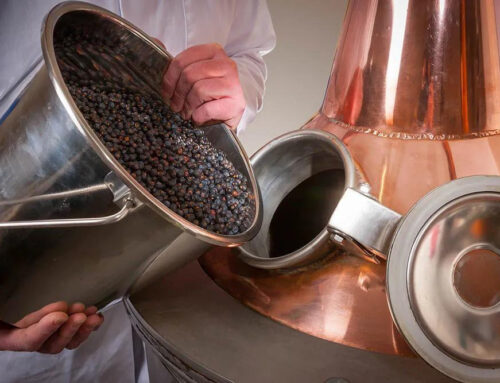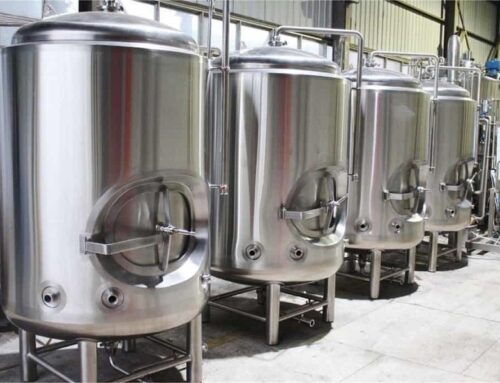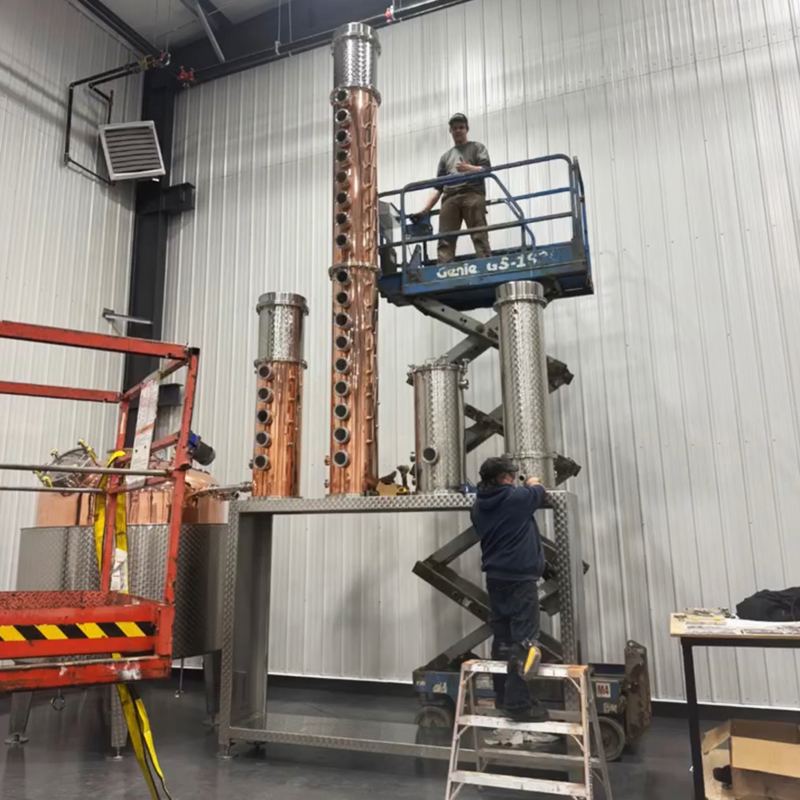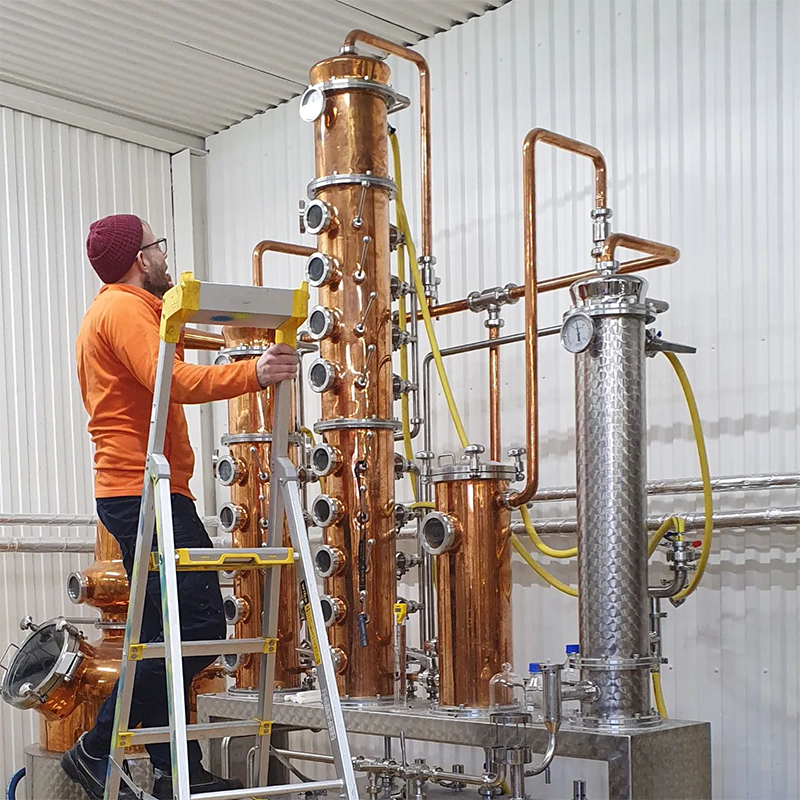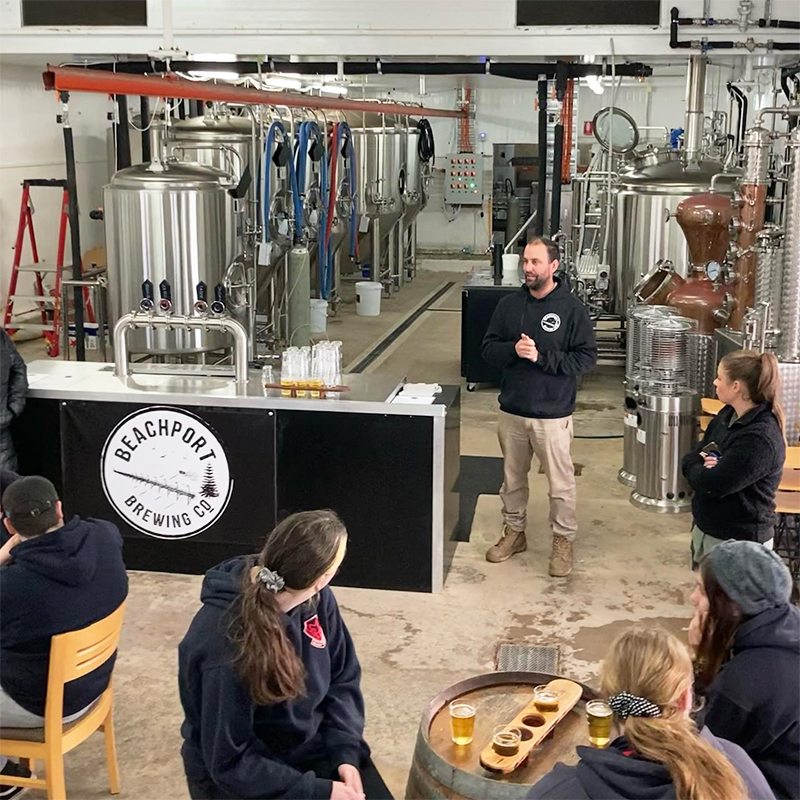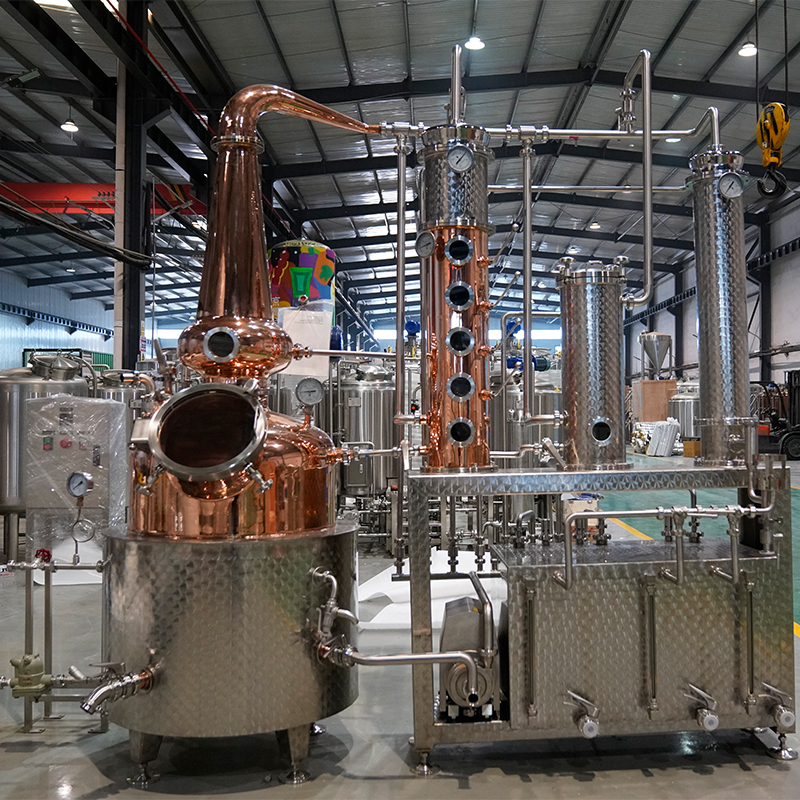
The operation of a distillery cannot be separated from stable equipment
The spirits industry is experiencing a renaissance, with a growing appreciation for high-quality liquors such as bourbon, whiskey, vodka, and gin. Today’s consumers demand excellence, savoring spirits not just for their intoxicating effects but for their rich flavors and unique profiles. Unlike the cocktail days of the 1950s, the modern focus is on quality rather than quantity. To achieve this, distillers must utilize the finest ingredients and the most advanced distillation equipment.
All spirits originate from a humble mash. This mash consists of carbohydrate-rich plant materials like corn, grain, fruit, potatoes, or sugar—anything capable of fermentation. When water and yeast are added to this mix, the yeast ferments the sugars into alcohol. However, the key challenge lies in extracting pure alcohol from this mash, a task accomplished through the age-old art of distillation.
Distillation begins by heating the sugar-alcohol solution, commonly known as a wash once solids are removed. As the wash heats up, alcohol vapors are released. These vapors, rich with potential, are then channeled through a condenser, where they re-condense into liquid form.
The final quality of the spirit is significantly influenced by the distiller’s expertise and the precision of the entire process. As the temperature of the wash increases, different compounds are released. It is crucial to accurately monitor the temperature of the condensate to ensure that harmful compounds are excluded from the final product. This precision prevents any potential health risks to consumers, maintaining the integrity and reputation of the distillery.

Once distilled, the alcohol is diluted to the desired proof and refined into its final form. For spirits like bourbon or whiskey, this often involves aging in barrels, allowing flavors to mature and develop complexity over time. Other spirits, such as vodka or gin, may be bottled immediately or undergo brief aging, depending on the desired flavor profile.
Although the fundamental principles of distillation have remained unchanged for centuries, the equipment used has evolved significantly. Modern distilleries now boast cutting-edge stills that maximize efficiency, minimize waste, and increase yield. Advanced vacuum pumps, filters, water chillers, and food-grade compressed air systems are integral components in producing smoother, purer spirits, free from unwanted residues.
By investing in the highest-quality distillation technology, distilleries can unlock new levels of flavor, quality, and consistency, meeting the ever-growing demands of discerning consumers.


